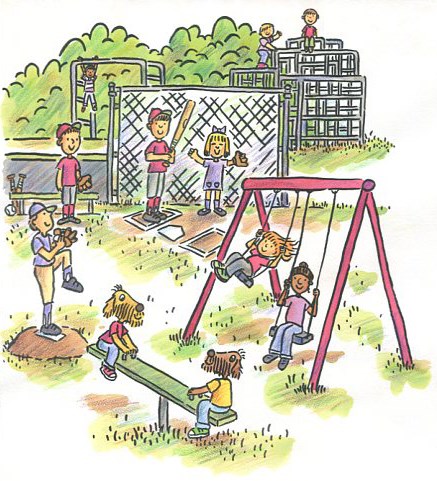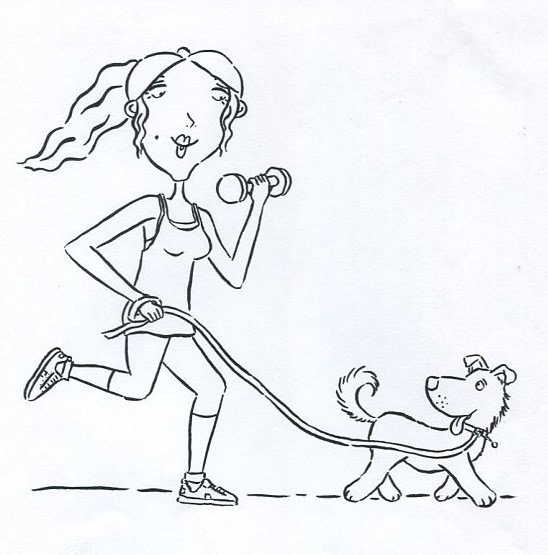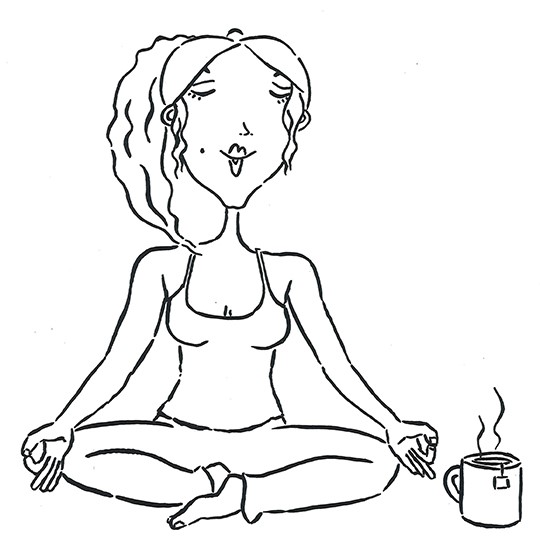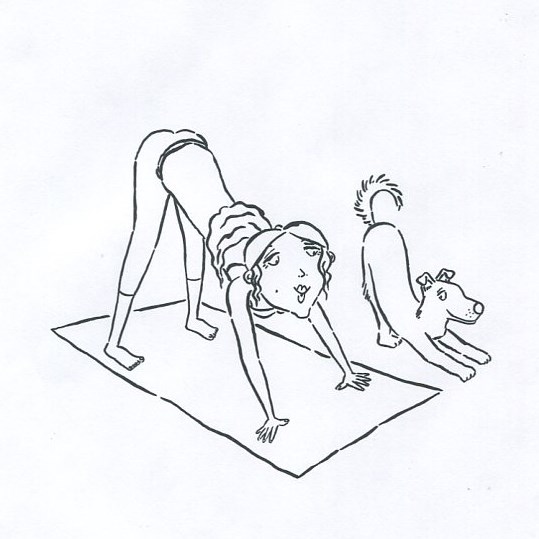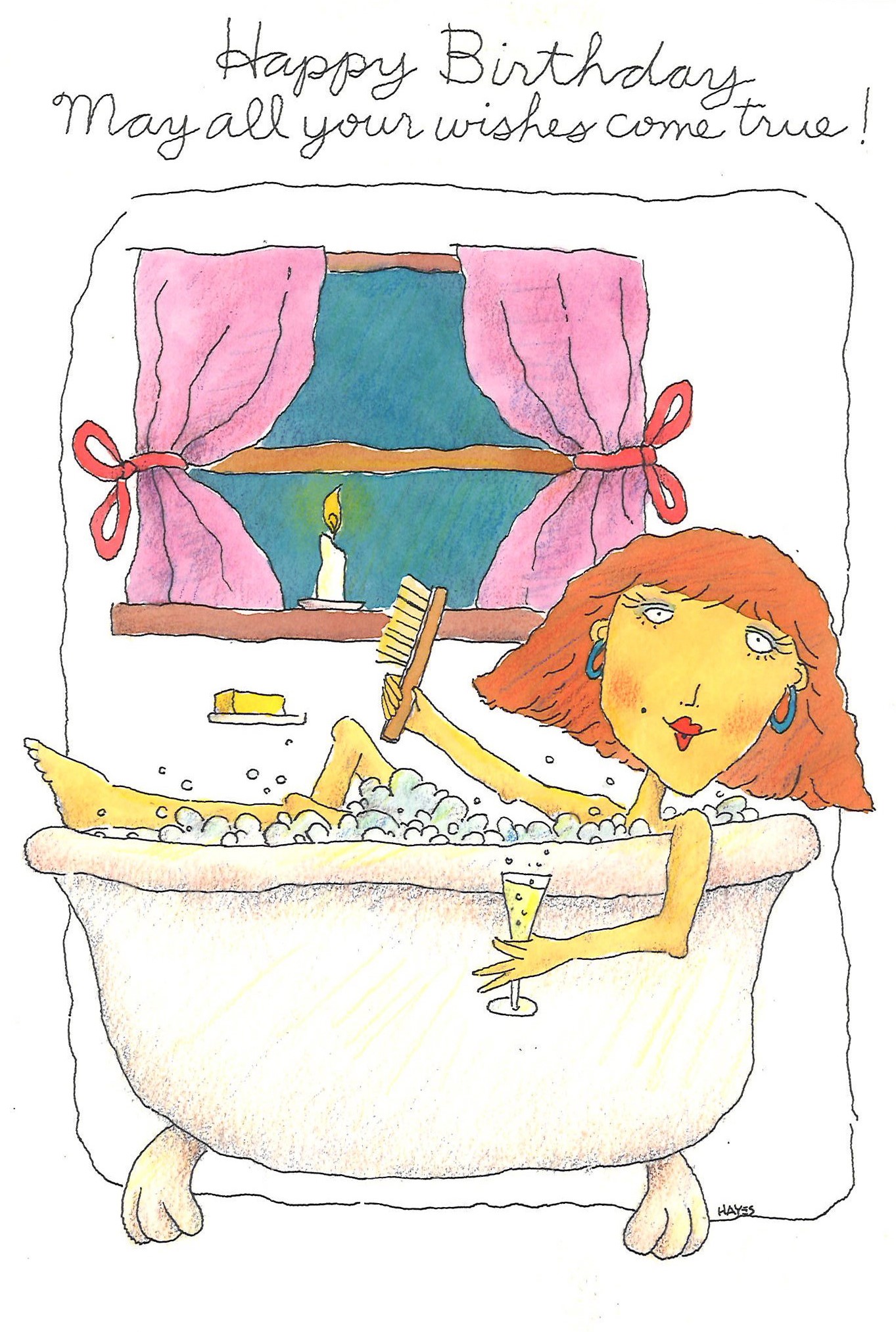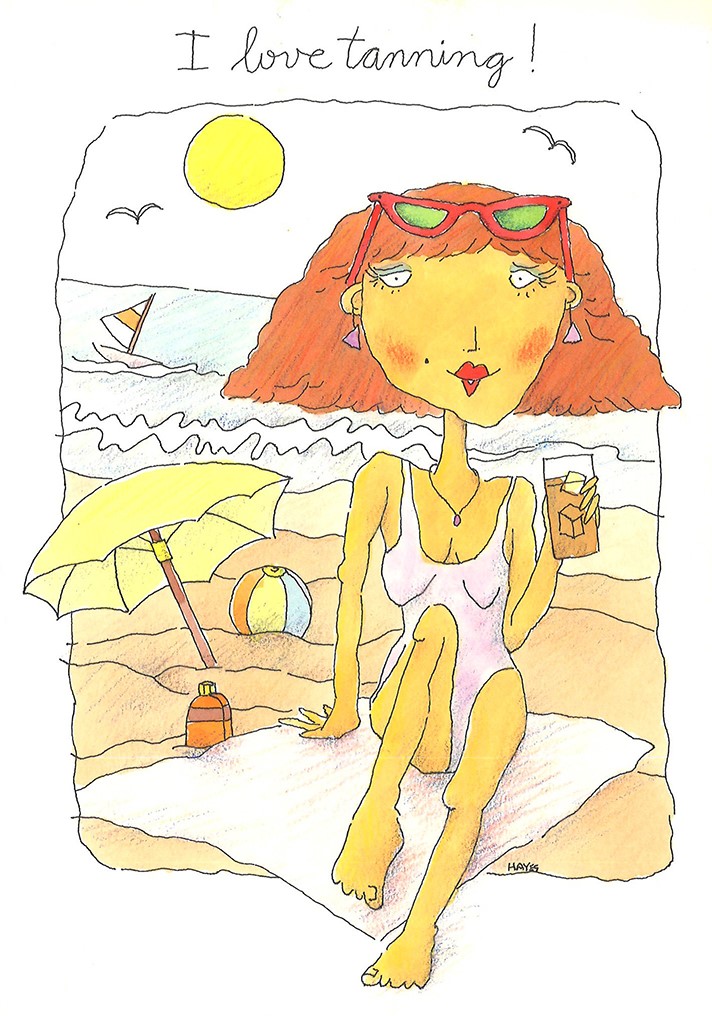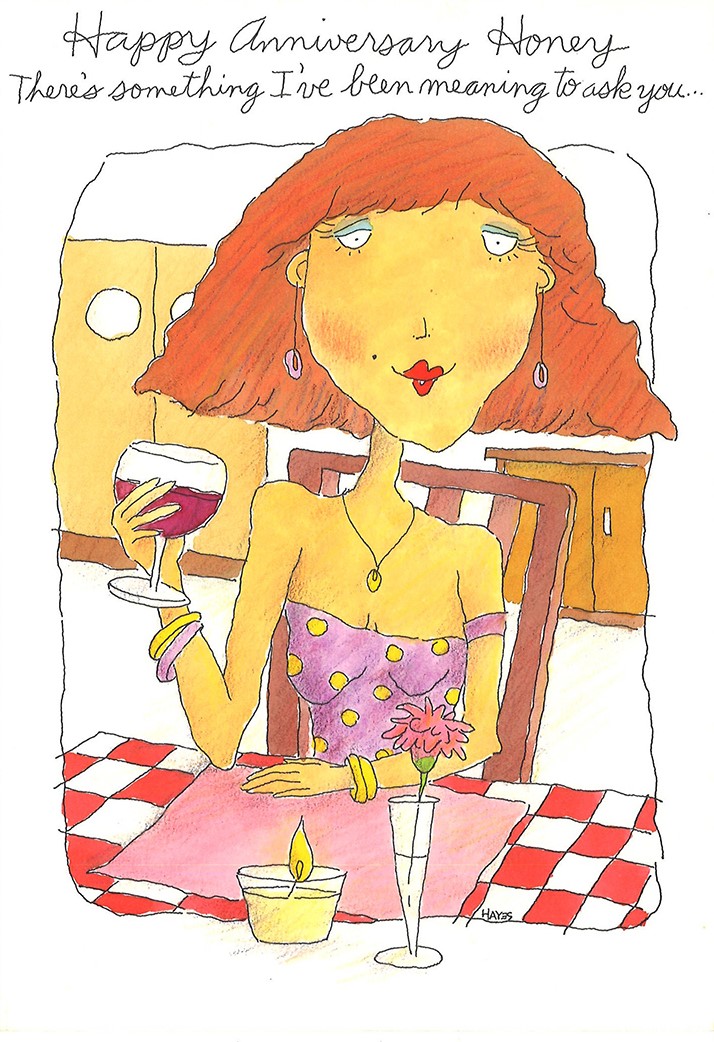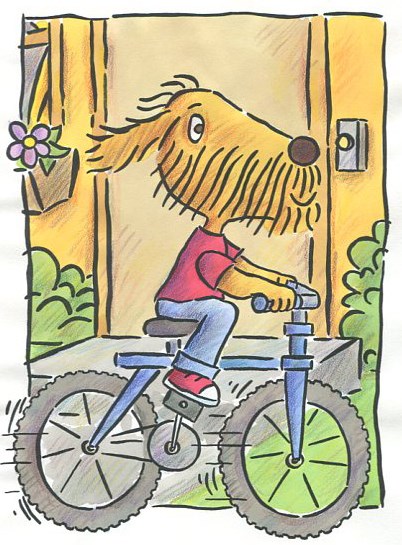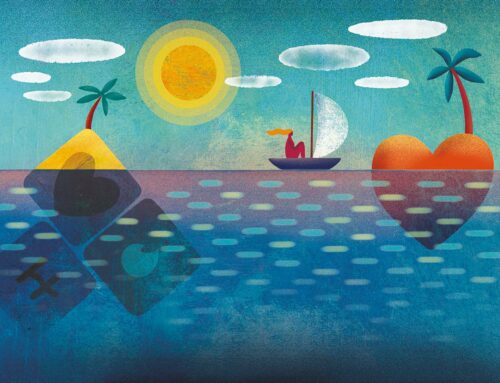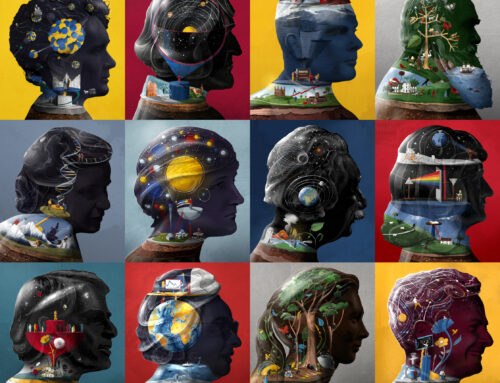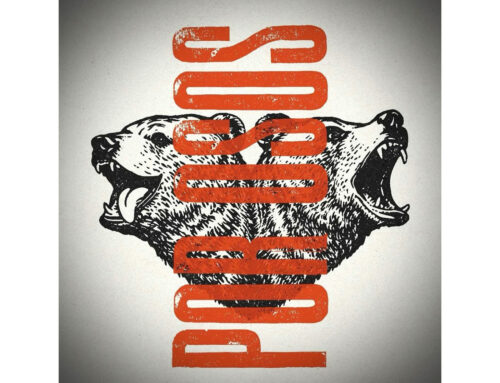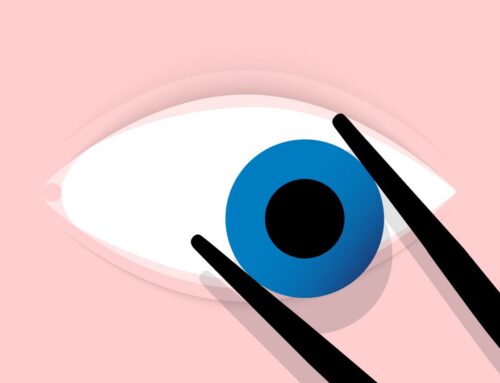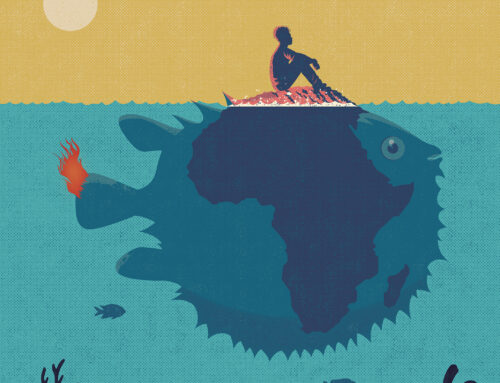Interview with an Illustrator: Steve Hayes
This week, the Directory of Illustration is excited to present an interview we had with Steve Hayes.
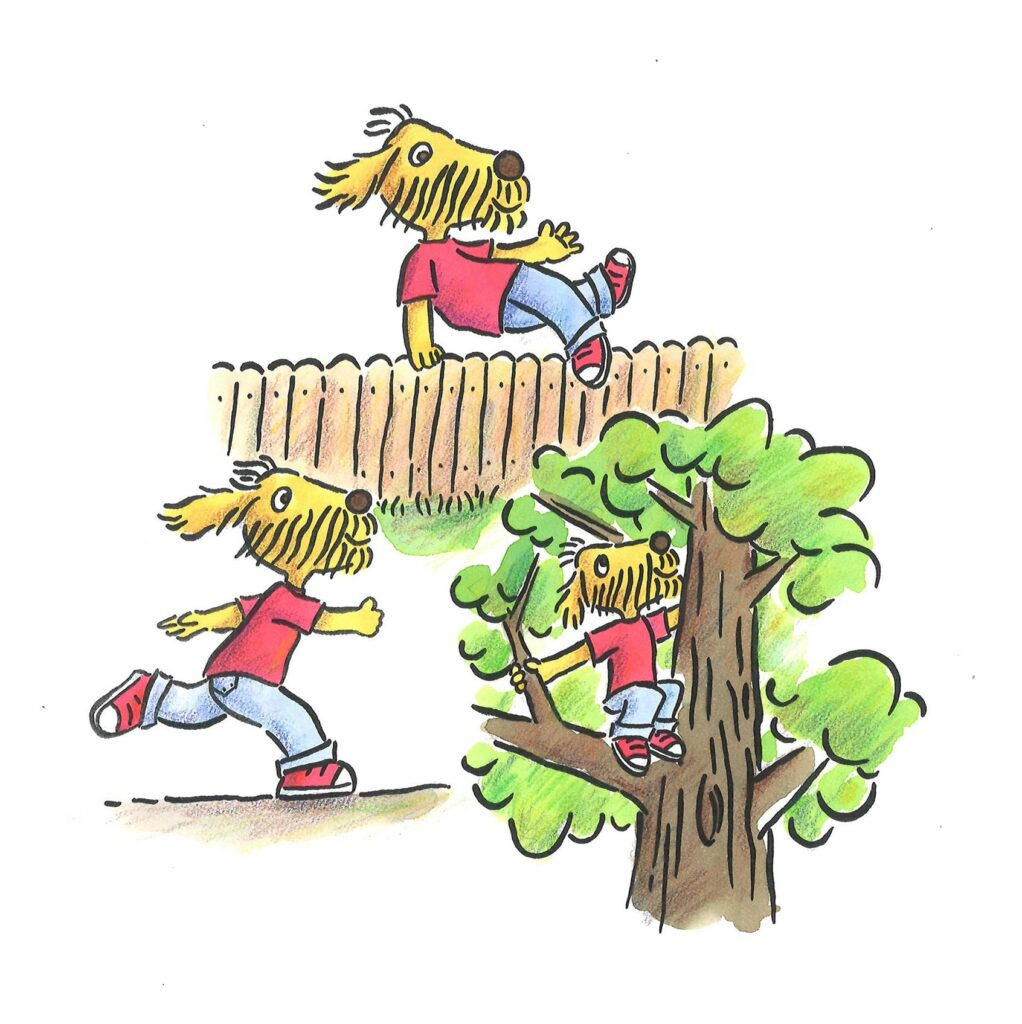
ABOUT THE ARTIST
Steve Hayes is an accomplished illustrator with a diverse range of styles and techniques. From black and white to watercolor, Steve’s illustrations are known for their whimsical and playful nature. His use of various mediums such as dyes, colored pencil, and mixed media, allow him to bring his subjects to life with a unique and dynamic touch. He specializes in humor, action, adventure, and a variety of other subjects, for a variety of needs, including children’s books, packaging, branding and more.
THE INTERVIEW
Where did you grow up?
I grew up in Middletown, Ohio, which is about 40 miles north of Cincinnati. It’s a small town of about 50,000 people. When I was growing up, there was a major steel company, Armco Steel, several paper mills, and there was an abundance of money for everyone. My dad worked at Armco for 40 years. I ended up working there while going to college, primarily in the summer
What was it like?
Middletown was a wonderful small town when I was young, very comfortable and friendly. We had the best of everything in those days. A lot has changed there since I was growing up. A lot of the industry is no longer there. It seemed like I knew almost everyone, with people being friendly and helpful. I had all the freedom in the world to fully express myself any way I wanted to, with a great family and extraordinary friends.
How did that shape you as a person and creative?
Anything seemed possible and available for me. My relationships allowed me to be authentic, with lots of space to be myself and discover who I am. There always seemed to be new opportunities to explore, places and things to get involved with. I think how it fundamentally shaped me as a person is that it seemed to me that anything was possible. It didn’t mean that I would succeed all the time, but that I would give it a shot. I developed the courage to play full out and discovered new abilities and ways to express myself in the process. I had the love and support around me and the trust to “go for it.” How it shaped me as a creative is that almost everything I did growing up was a creation. Things were very simple in a small town like Middletown. With my friends, we were very creative in the time we spent together. There weren’t a lot of things to do that one could engage with that might be available in a big city, so we would create something socially from nothing, all the time. I had many opportunities growing up to explore and try new things, whether it involved sports or something with school or education. I remember when I was in 6th grade and did a science exhibit on how our eyes work. My mom was always my biggest support and went to a meat-packing plant and brought me a big jar of hog eyeballs that I dissected and created my presentation on how eyes work, with a paper mâché eyeball that I made referencing the actual parts of a real eyeball. The project was so successful that I got to travel from room to room in my school and show my exhibit and do a demonstration. I feel blessed to have that kind of love and support and belief in me.
When did you realize you could turn your love of art into a career?
It was after my sophomore year in college. I decided to take a year off school and work at Armco Steel to save money for my tuition. I injured my back on the job and was off work for a period. During that time, I did a lot of painting, which was not something I had been interested in doing, prior to this. I entered a piece in a local art show and won “best of show.” Out of that, I ended up getting connected to people recommending I check out the art department at Miami University in Oxford, Ohio, which had great art department instructors and faculty. I ended up doing my last two years at Miami until I got hired by Gibson Greetings, who were located in Cincinnati, during my senior year. It was my commitment and the actions I took in doing those paintings that gave me confidence and I could now see a career path of doing something I enjoyed this much, really being possible.
You have such a timeless and classic aesthetic. How did you develop your style?
When I was hired by Gibson Greetings, they trained me to be a freelancer for them. They, obviously, had certain specifications I had to learn and work inside of but there was lots of room to discover and cultivate my own style. I dwelled in the work of several artists on staff at Gibson Greetings and started to make certain distinctions when drawing characters or people or animals. My approach was to work spontaneously and to keep the forms of characters simple. I approached this work a lot like when I would do loose paintings – I didn’t try to create a style that was different from anyone else. At first, I did try to do something different than I was naturally used to doing. The less I concerned myself with this, the better it turned out. Primarily, I just let whatever wants to arise, to be the perfect expression, and trust myself.
Can you share with us a little about your creative process? How do you start each project?
The first thing I do is think it through and plan the approach I will take and the steps I need to do to complete the project. I like to look from the end of the project backwards and create milestones that will guide me. I like to sit in the question “How and what do I need to do to solve the problem and get the job done?” I find as much reference material as I can and study different images to get a better understanding of what I am wanting to create. Then, I sit down with a black Sharpie and loosely sketch out different ideas on tracing paper, doing tissue overlays until I get to what will be the foundation for whatever I am drawing.
Where do you draw inspiration from? Who are some of your favorite illustrators and artists?
I draw inspiration from having the opportunity to create something that will be an extraordinary contribution to someone, whether it’s an individual or a major corporation. I’m inspired that they are entrusting me with something that is important to them.
Some of my favorite illustrators are the ones I worked with at Gibson Greetings. I learned so much by getting to watch them work and share ideas. One artist in particular that I studied intensely was Jared Lee. I was deeply impacted by his style and technique, his simplicity. He was also a marketing genius. When I started freelancing, Jared gave me many names of clients he had worked with. He was incredibly generous.
Another was Tom Carnase, who I met while still in school. He did a lot of product lettering and logographic design. What I mainly took away from him was his sense of simplicity and the creativity he brought. Three professors at Miami University – Joe Cox, Bill Hooper, and Crossan Curry – made a huge impact on my development as an artist and designer and how to go about presenting myself and believing in myself.
The fine artists that are my favorites are too many to mention but a few that I most appreciated were, Paul Cezanne, Degas, and Dekooning.
If you weren’t an illustrator, what other pursuit would you feel called to?
I would be something called a “Landmark Forum Leader” for a company called Landmark Worldwide. Landmark is a leading personal and professional growth, training and development company focusing on people achieving success, fulfillment, and greatness. The Landmark Forum is designed to bring about positive, permanent shifts in the quality of your life in just three days, and these shifts are the direct cause for a new and unique kind of freedom and power – the freedom to be at ease and the power to be effective in the areas that matter most to you.
When I participated in the Landmark Forum in 1992, a whole new possible expression opened up for me. After I completed Landmark’s curriculum over a two-year period, I chose to put myself in a training and development program designed to train people to lead their programs. I ended up leading one of Landmark’s programs called “The Self-Expression and Leadership Program” for ten years, which was more of a part-time commitment. After that, I interviewed and was accepted to be trained to lead the Landmark Forum. This is where I had to make a tough choice. To be a Landmark Forum leader requires a full-time commitment, and I could not do that and maintain an illustration career. After grappling with this for a period of time, I chose to continue to pursue illustration as my career. The good thing was, I could still be a Self-Expression and Leadership Program leader and be an illustrator at the same time. I am still a Self-Expression and Leadership Program leader and participate in a way that supports and empowers who I am as an illustrator.
Working digitally gives artists a lot of control over their work. What process have you developed as an analog artist?
I’ve learned over time how to deal with anything that comes up while doing my artwork. I’ve worked with certain mediums for a long time and have mastered working with them and making corrections when needed. I’ve worked extensively with color, so I have a lot of confidence if I need to change something in mid-stream or match colors by hand. When one has to learn to do something like this, you learn, because you have to, to get the job done. I’m sure I would appreciate what’s possible, in this way, working digitally if that would have been available to me when I was getting started, but I don’t mind having to deal with this the old-fashioned way.
What have been some of your favorite jobs to work on?
I have so many jobs that I’ve loved working on over the years. Creating a mascot character for a recycling campaign for the Cincinnati metro area stands out. I created a basset hound as the spokesperson for this. It was well received and made a huge difference in getting the word out to the community and is still being used in schools to educate children.
Another was creating two different greeting card lines, both based on a female character. Another was creating a children’s book for a Pampers campaign for Procter & Gamble. It was so impactful P&G Pampers in Europe committed to doing a series of this type of book in several languages. Lastly, creating two characters that I am personally marketing and merchandizing called “Veronica and Milo!” Milo was our family dog we lost a year ago. I created a character of him and came up with Veronica as Milo’s owner and friend. I have been putting them in situations together and plan to create a presence with them online.
What has changed in illustration since you began?
The biggest change was going from traditional hand-drawn work to computer-generated illustration. There wasn’t any digital work done when I got started. It has become a completely different process. There are things one can do digitally that are not available to me. Doing things traditionally, I respect what is now possible with the digital approach, and I’m sure it is amazing to explore. I have not even begun to scratch the surface of what’s possible, working in a traditional way. Since I don’t have the skills currently to work digitally, I can’t even imagine what is possible, but at the same time, I don’t feel I’m losing ground to it. I simply don’t work that way and I’m satisfied doing it the old-fashioned way.
How do you feel about AI and where that’s potentially heading?
It’s obviously a major concern for me and all of us. I’m not too concerned about it making me expendable though. I think I would be more concerned if I did my illustration digitally, but then again, it may not matter that I work in a traditional way. I assume that most industries will be impacted by AI, including ours, at some point in the not-too-distant future. It looks to me like it will be a matter of supply and demand. If, as a client, I can get the same product through AI that I would from an individual illustrator, for substantially cheaper, I’m going to get it done the cheaper way. Hopefully, something gets legislated that will be able to protect artists from being undercut this way, like creating a union that protects artists from being replaced by this and laws enacted before this gets out of control.
What is the biggest appeal for you of hand-drawn work over digital work?
I very much enjoy working by hand vs. digitally because I have a certain mastery with the mediums I work in. I really don’t know what’s possible working digitally. If I did know, I might only want to work that way. Working by hand, mixing colors, using a brush to create a unique line quality are fun for me and therapeutic. The feel, and challenge of putting down a wash with my favorite brush and the art of mixing colors by hand and dealing with the challenges of matching colors are exciting, discovering new types of paper and illustration board is an on-going challenge that I enjoy exploring. It’s inspiring to have the confidence that I will be able to “deliver” to the client something that they like about my style and approach. That is very satisfying and fulfilling when I think about it. I’m amazed that I’ve had the opportunity to put together my talents and can express myself this way. I guess I have just been taking it for granted.
What are you currently focusing on or learning about?
I’m mainly working on marketing characters that I’ve been developing over the last few years. I recently put together a video of a dog character and I’m talking with The Farmer’s Dog company about taking this on as a spokesperson. Another is the female character that I’m putting together to be utilized online as an ongoing series of small stories. I may develop a series of characters that I would merchandize. I am looking for opportunities to develop new characters that can carry advertising campaigns. In a nutshell, I’m looking into how to develop and market characters that become identifiable and move, touch and inspire people on an ongoing basis.
Do you have any dream jobs or clients you’d like to work with?
Yes. A client I would like to work with is The Farmer’s Dog, a dog food company. My daughter works for them and loves it. I created an approach to their marketing that they are looking at with my dog character named “Milo.” I love dogs and would thoroughly enjoy getting to make a difference involving the welfare of dogs, or any animal for that matter. I mainly would like to be able to create characters and put them in situations online and establish a following, maybe some ongoing stories that people would follow. I would like this to lead to merchandising opportunities. Mainly, I want to work with companies using characters I create as a focal point of their advertising campaigns. I enjoy developing characters, whether it’s people or animals, and building a campaign around them over time.
What would you say has helped you the most to get to where you are?
I had great instructors in college for starters that gave me a strong foundation and a lot of different approaches and experiences. They helped prepare me for the business aspect of being an illustrator and gave me a lot of confidence in my ability to succeed. Working for several years at Gibson Greetings really gave me an opportunity to discover my style and learn to deal in production-type parameters and learn to appreciate them, as a reality of doing business. But a major thing that helped me the most to step out in the world and freelance was the training and personal development course I participated in with the Landmark Forum. This course allowed me to identify where I was “playing it safe” in life and holding back waiting for the “someday” when everything would be perfect, and I could go out on my own. I had a profound freedom to take on the risks that go with the territory of a freelance illustrator. So, instead of waiting until I had everything set up and in a perfect place, I just stepped out and went for it without any guarantees. Looking back, I am certain that if I hadn’t participated in the Landmark Forum, I would not have done what I have done with my life and my career. I owe it to that!!
What advice would you give to emerging illustrators?
Be true to yourself. You are going to have to trust yourself, your talent, and your wherewithal in pursuing illustration as a career. If this is what you want to do, then do it! You’re going to have to develop a thick skin and have patience. I’m not going to tell you what would work best for you in marketing yourself. Just step out and take a stand for who you are as an artist. You’re going to have to be able to live with uncertainty and the unknown. It takes great courage, and it has extraordinary rewards. And, as they say, “nothing ventured, nothing gained.”

